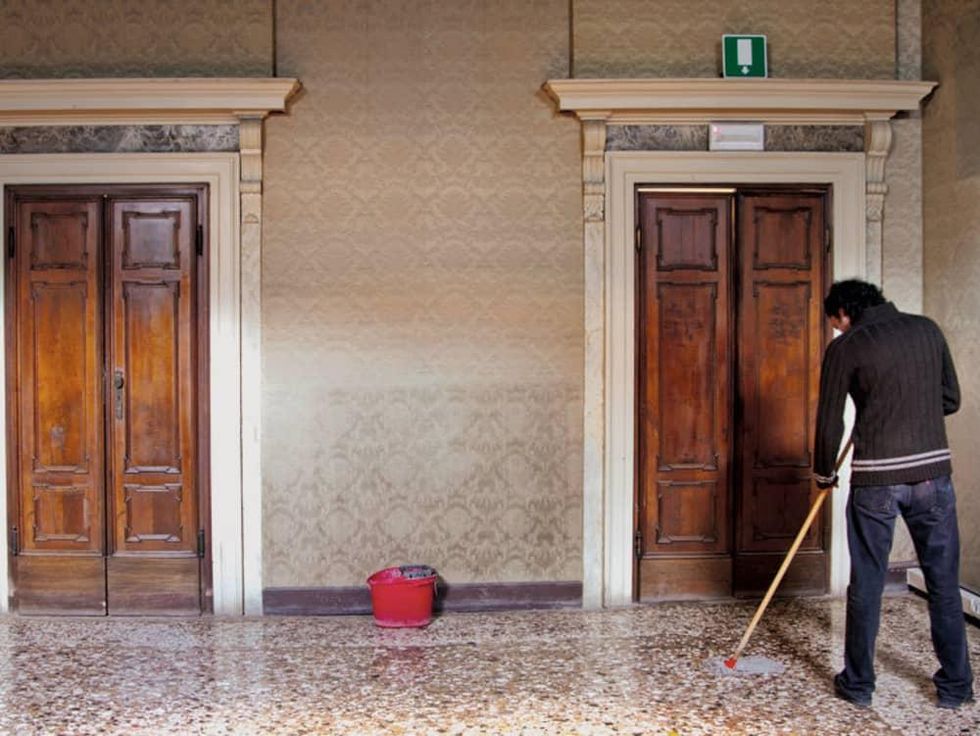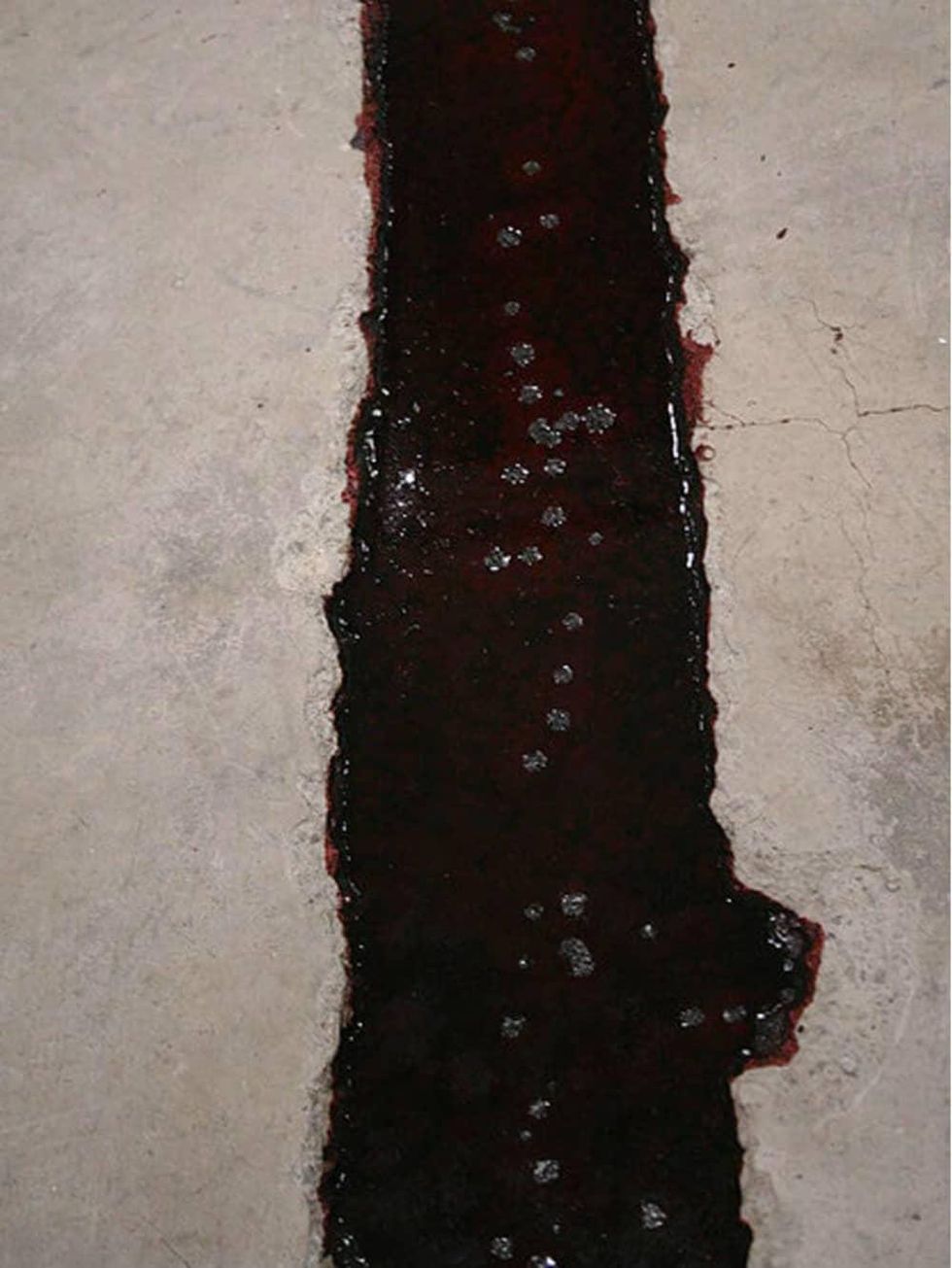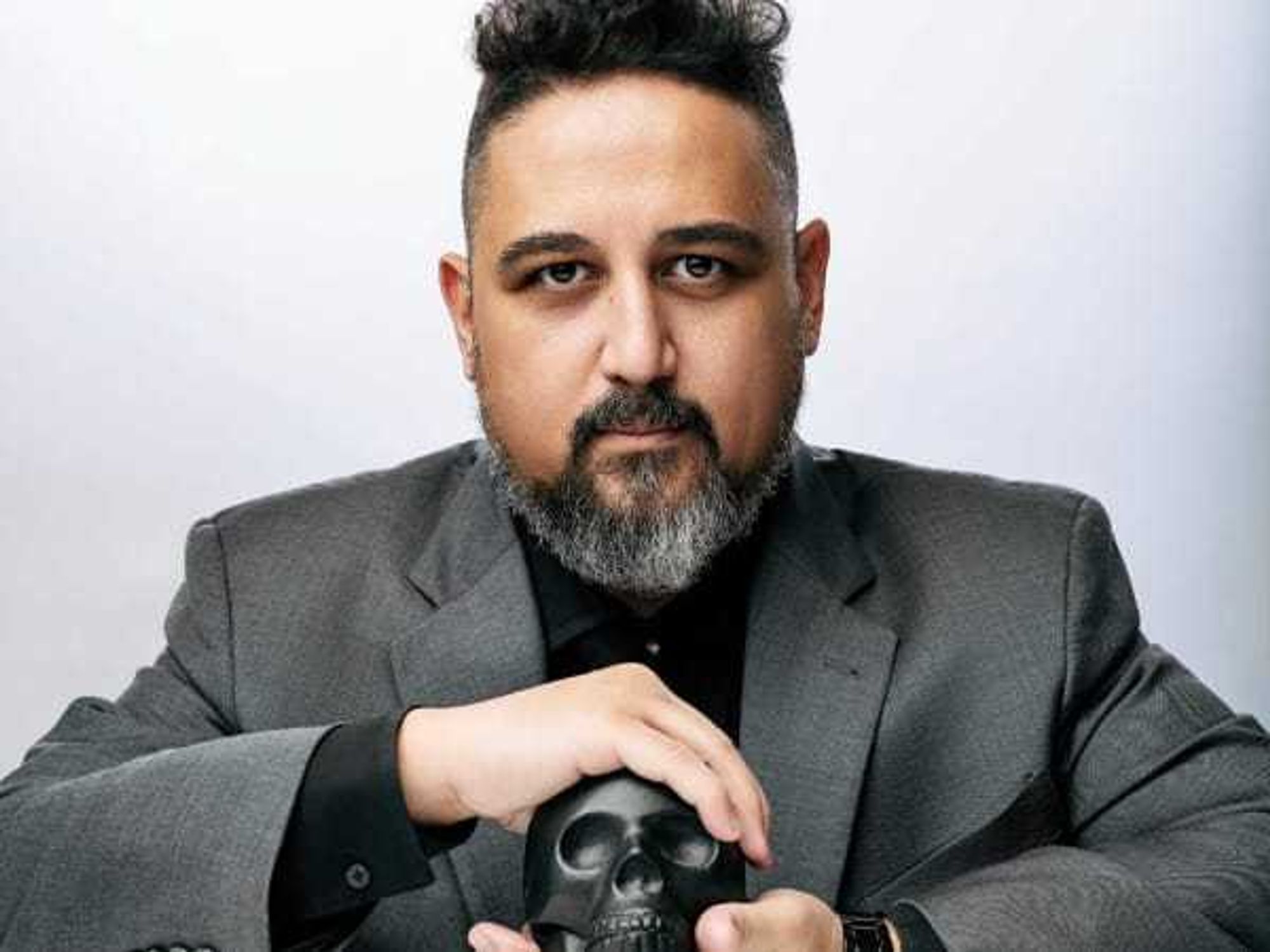Artistic Ambition
Dallas Biennial ups the ante with carefully curated exhibit
From its inception in 2011 as a virtual-only platform, the Dallas Biennial has always had an outlier approach to exhibiting art. Founders Jesse Morgan Barnett and Michael Mazurek, colleagues since they were studying for their masters at the University of Texas at Arlington — ultimately took the experience live at a series of high-profile venues across Dallas in 2014, featuring the work of 50 artists.
Now, for its latest iteration, the Biennial brings Dallas further into the global art community with a show opening New Year’s Eve at the Box Company. Featuring the work of just two artists — Austrian painter, writer, composer, and performer Hermann Nitsch and Mexican conceptual and performance artist Teresa Margolles — the single-venue approach offers a new “hyper focus” for 2016.
“In this case, we ask ourselves what is happening today, in Dallas, the global community, and the art world. And Nitsch and Margolles is our response,” says Mazurek of this year’s programming.
“Both Margolles and Nitsch have exhibited in major museums across the globe, including the Tate Modern, Centre Pompidou, and MoMa, among others. We’re extremely honored to be working with them.”
A pioneer in the contemporary landscape, Margolles has used the morgue, the dissecting room, and the streets of her native Mexico as her atelier. A former member of the collective SEMEFO (Servicio Medico Forense/Medical Forensic Service Institution of Mexico), the artist is inspired by death, putrefaction, and the ruins of society, giving life to the victims of poverty, drugs, and police brutality in her performances.
Co-founder of the avant-garde movement Wiener Aktionismus (Viennese Actionism), Nitsch explores cults, religions, and myths through theatrical performances, paintings, and symphonies. Perfectly timed for a year of intense change and nail-biting uncertainty, the works of Margolles and Nitsch are not for the faint of heart, but they are ideal for the questing mind.
“Both Nitsch and Margolles produce art with very specific ties to day-to-day life,” says Mazurek. “Their work relates directly to the world around us ... certainly the political climate has been an ongoing influence for the Dallas Biennial. Our interests lie in this area generally speaking, thus the timing isn’t coincidental.”
Mazurek and Barnett first came in contact with Nitsch in 2015 after his show at the Museo Jumex in Mexico City was canceled because of fear of controversy. Originally intended to include works like The Last Supper, which is a silk-screened depiction of Christ and his disciples as anatomical figures, along with canvases splattered with blood and black paint, the exhibition was deemed too reflective of the country’s current violent climate. His site-specific pieces for the Biennial are designed to immerse the viewer in his world as they spill out from the interior of the Box Company’s signature white cube.
Margolles' work, which seemed a perfect complement to Nitsch’s oeuvre, is a performative piece that continues an idea the artist has explored for some time, tailored specifically to Dallas. Both artists will be in attendance for the opening, and the general public will be able to see the work through February 10, by appointment.
As Mazurek is the curator at the Goss-Michael Foundation and Barnett is assistant curator of education at the Fort Worth Modern, their ability to broaden the scope of the Dallas Biennial going forward may be limited, but the duo hopes their programming will continue to be as forward-thinking and thought-provoking as this year’s edition.
“Dallas Biennial is a platform for us to advocate art and put together exhibitions that reflect our interests as artists/curators,” says Mazurek. “We want to promote art that we believe [in]. Our hope is that our community takes advantage of the opportunity to see it.”




